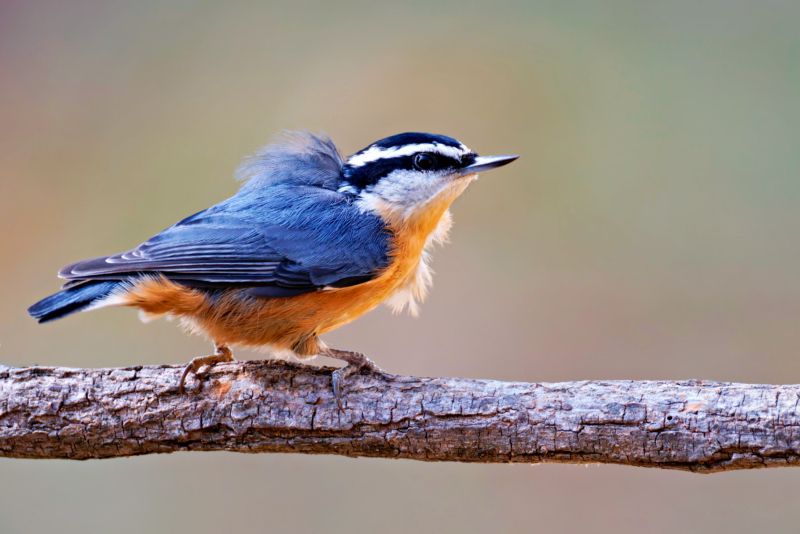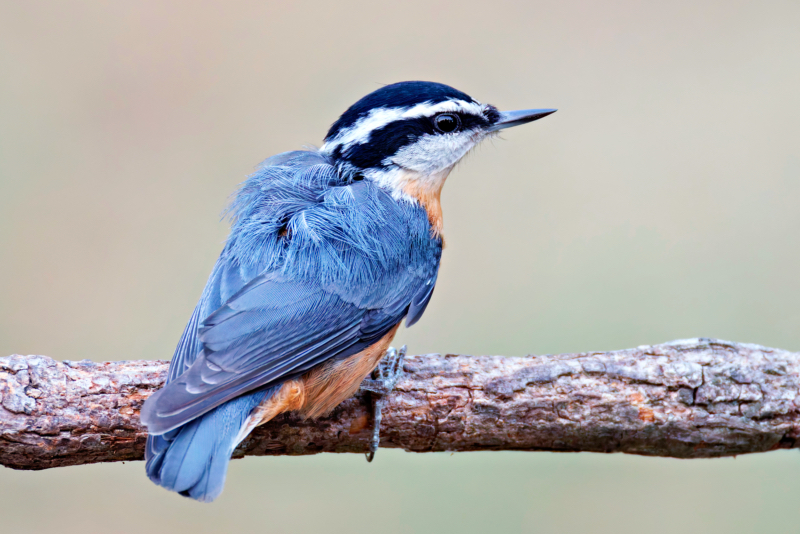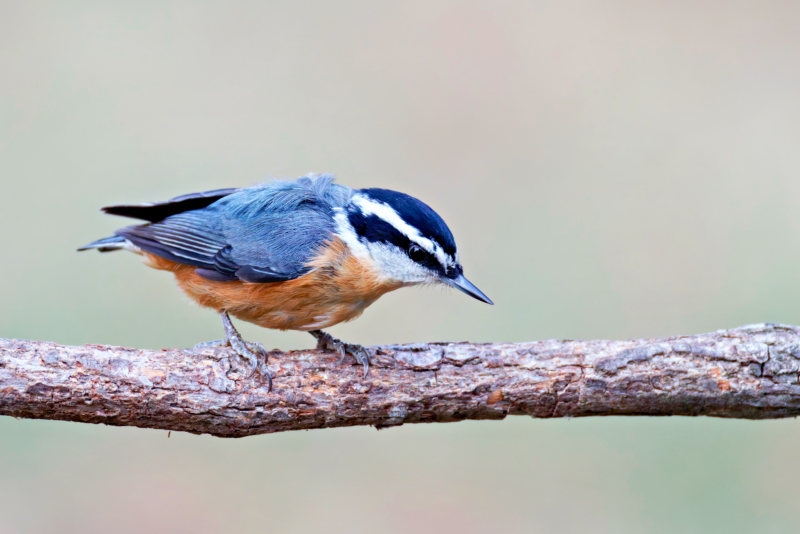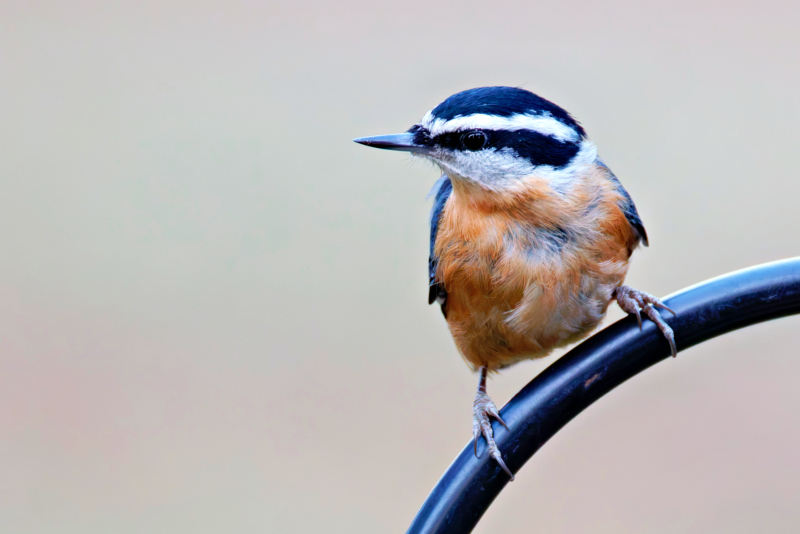Another seasonal visitor has arrived at my bird feeders, the Red-breasted Nuthatch. I’m fortunate to have both Red-breasted and White-breasted Nuthatches visiting my yard. While the White-breasted Nuthatch is a year-round resident here in Arkansas, the Red-breasted Nuthatch only shows up during the colder months. You can read more about my experience with White-breasted Nuthatches in this blog post.

The Seasonal Appearance of the Red-breasted Nuthatch
The Red-breasted Nuthatch is not a permanent resident in Arkansas. These birds primarily breed in Canada, the western mountains, and the upper northeastern United States. They migrate southward during the winter months, particularly when food supplies are scarce in their breeding areas. In Arkansas, they are most often found in coniferous forests during winter. Their presence here can vary from year to year, depending on the availability of food resources in their northern habitats.

Observing Red-breasted Nuthatch Behavior
These little birds are fun to watch at the feeders. Their energetic movements and acrobatic foraging style make them a joy to observe. The Red-breasted Nuthatch will often approach feeders quickly, grab a seed, and then retreat to a nearby tree to eat or cache the food. They are known for their distinctive “yank-yank” call, which is often heard before they are even seen.
Interestingly, the Red-breasted Nuthatch will sometimes use tree sap as a defensive measure. They gather sap from conifers and apply it around the entrance to their nesting cavities. This sticky barrier helps deter predators and other unwanted visitors. I haven’t seen them exhibit this behavior in my yard, but it’s one of their unique traits that makes them such fascinating birds.

Technical Details of the Recent Photos
For these recent photos, I used the following camera setup:
- Date: 10/15/24 and 10/22/24
- Camera: Canon EOS R5 and R5 Mark 2
- Lens: Canon RF 100-500mm and Canon RF 200-800
- Focal Length: 500mm and 800mm
- ISO: 3200 to 6400, depending on light conditions
- Aperture: f/8 and f/9
- Shutter Speed: 1/160 to 1/2000 sec
The high ISO settings allowed me to maintain faster shutter speeds to capture the nuthatch’s quick movements. Both lens provided enough reach to photograph these small birds from a distance without disturbing them.

The Importance of Winter Bird Feeding
Having bird feeders stocked during the winter months can be especially helpful for migratory birds like the Red-breasted Nuthatch. Food sources can be scarce during the colder months, and feeders provide a reliable source of nourishment. To attract these birds, consider offering seeds like sunflower seeds, suet, or a mix that includes peanuts and tree nuts. I’ve found that both Red-breasted and White-breasted Nuthatches appreciate these offerings.
Enjoying the Seasonal Visitors
It’s always exciting to see which birds will show up as the seasons change. The arrival of the Red-breasted Nuthatch adds a bit of variety and liveliness to the backyard during fall and winter. I’m looking forward to observing them more in the coming months and documenting their behavior as they explore my feeders.
Stay tuned for more updates on the birds visiting my yard and other wildlife adventures!
